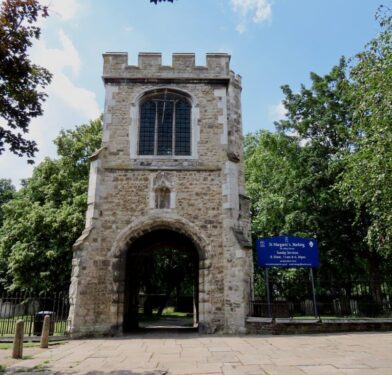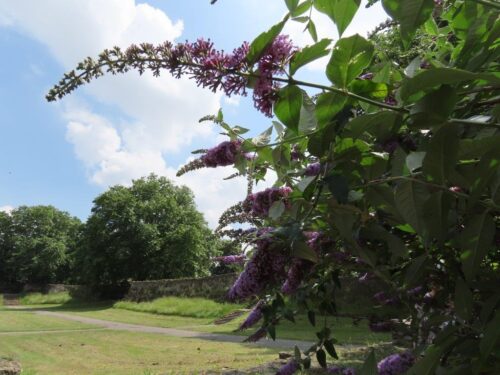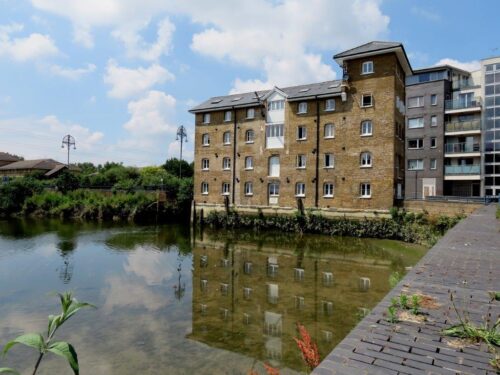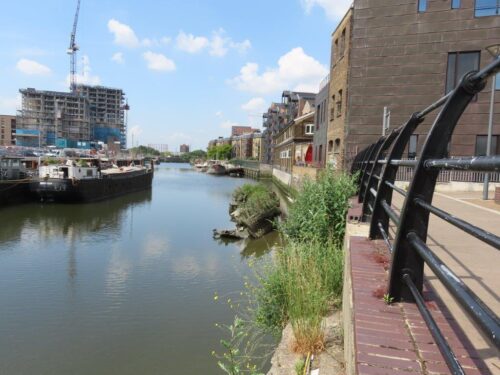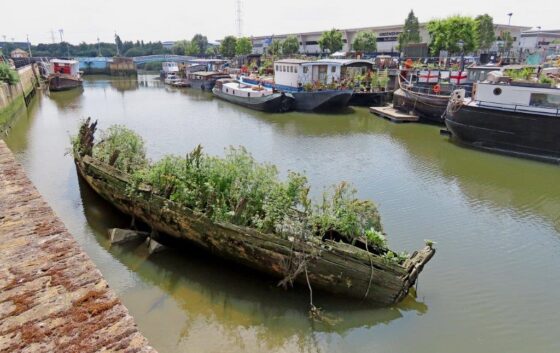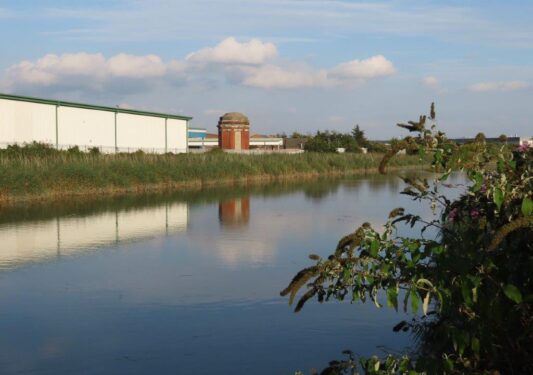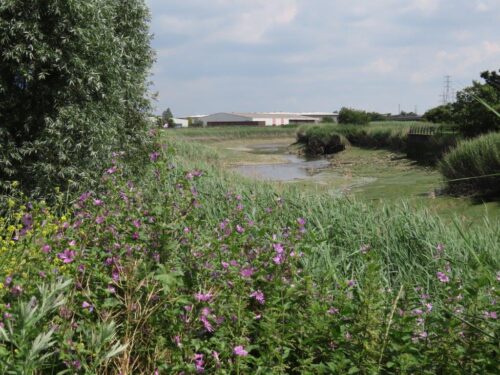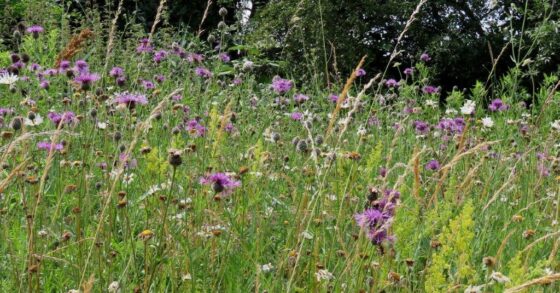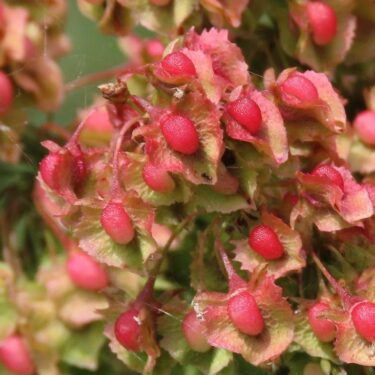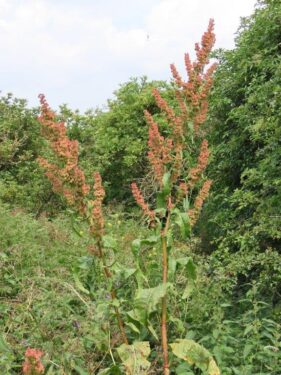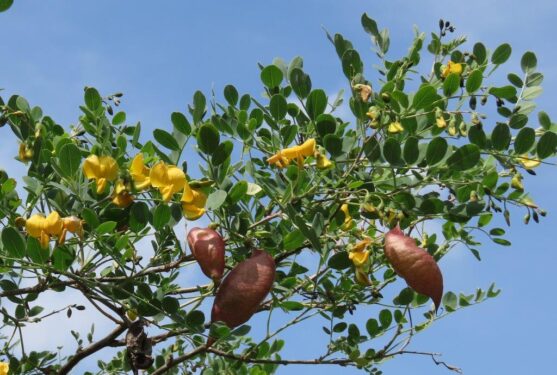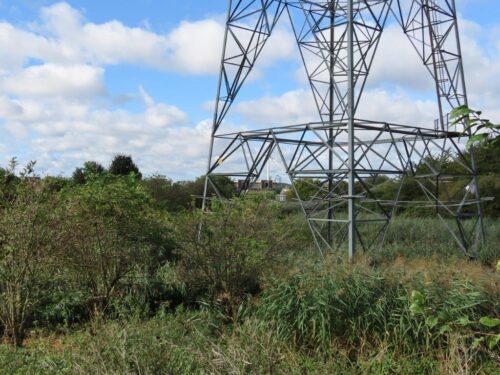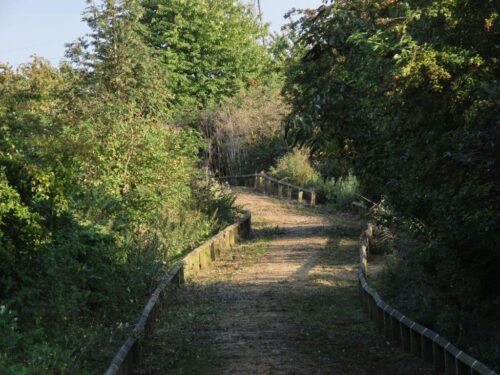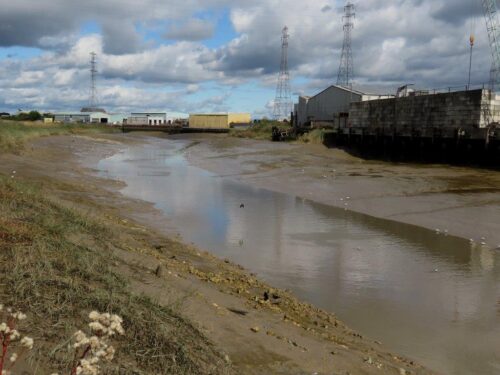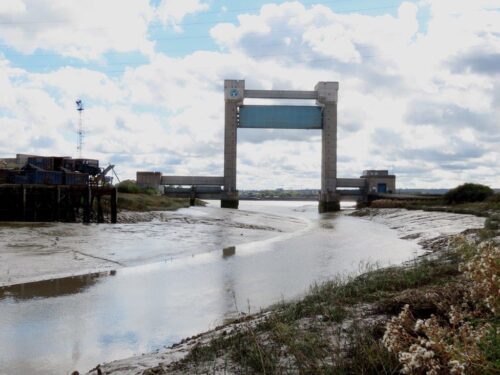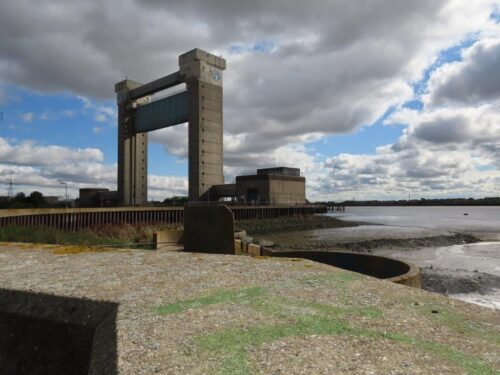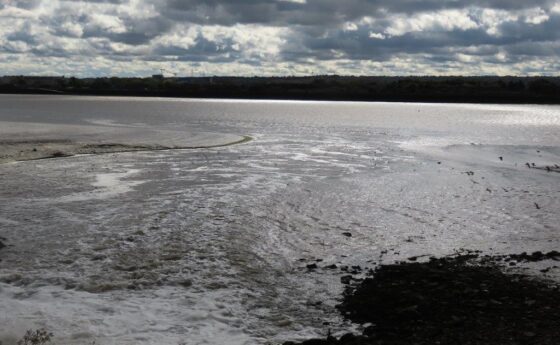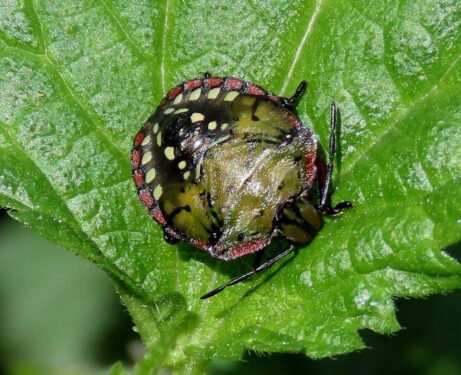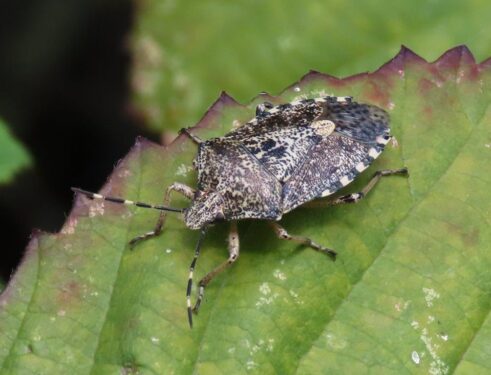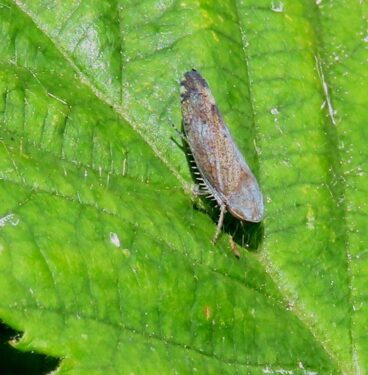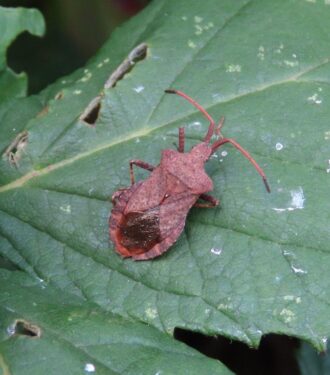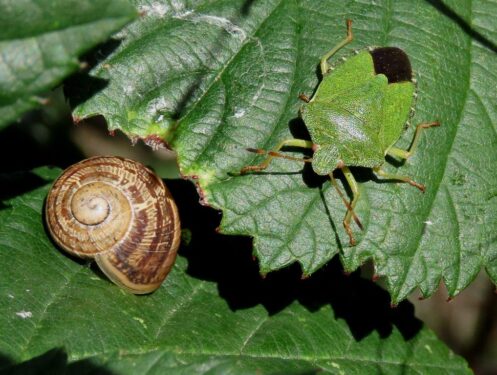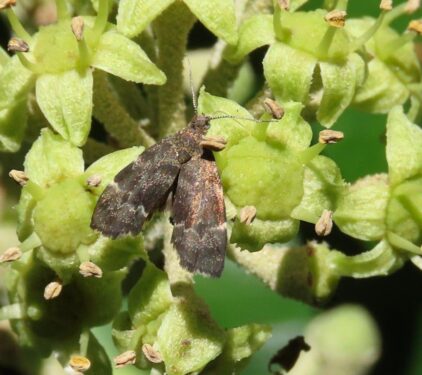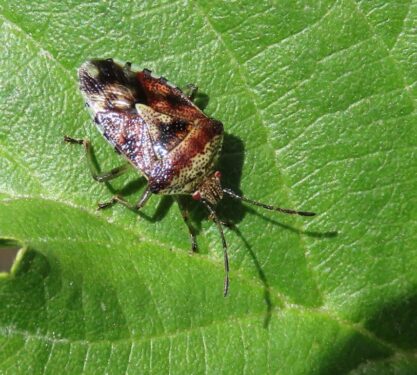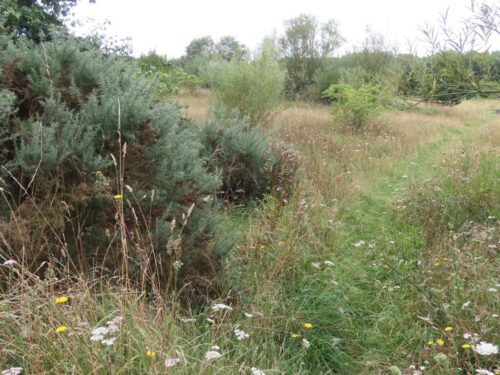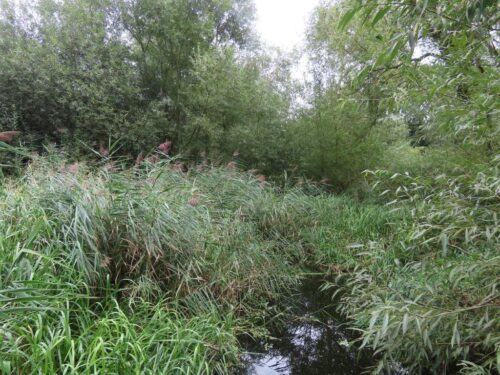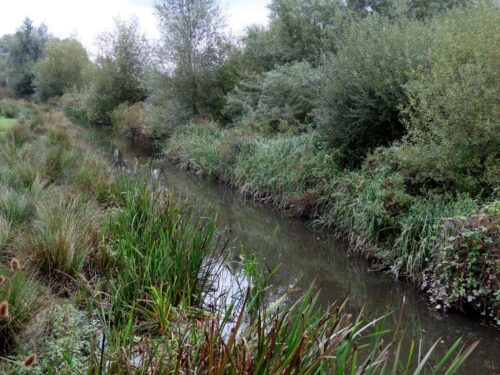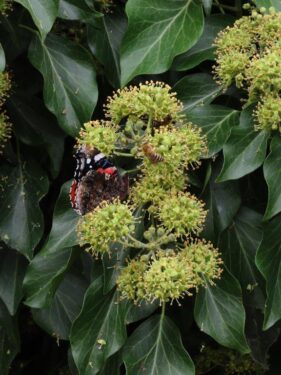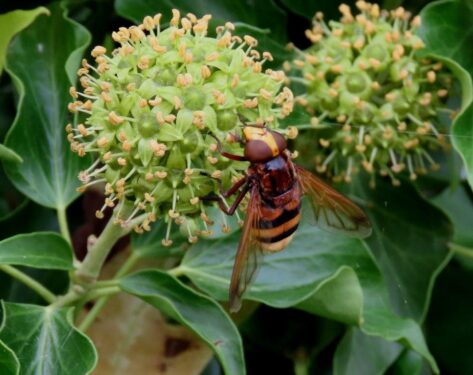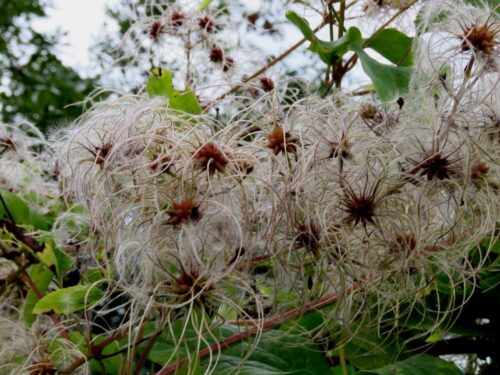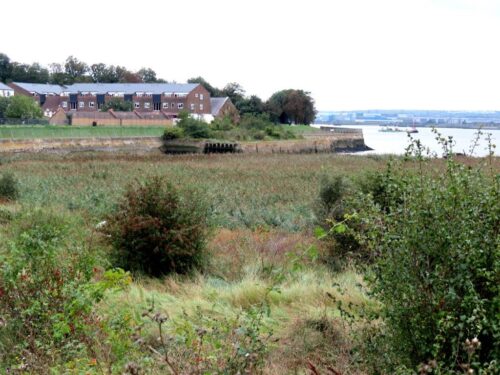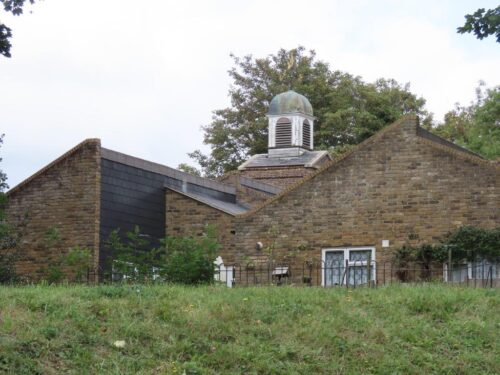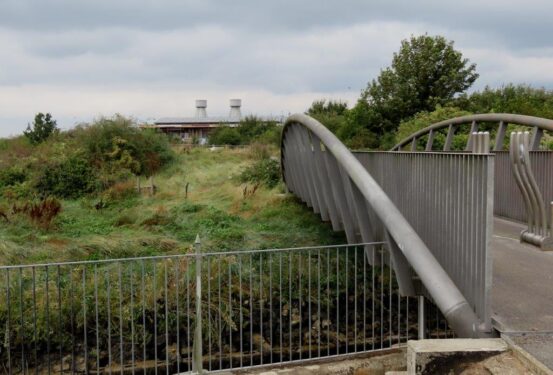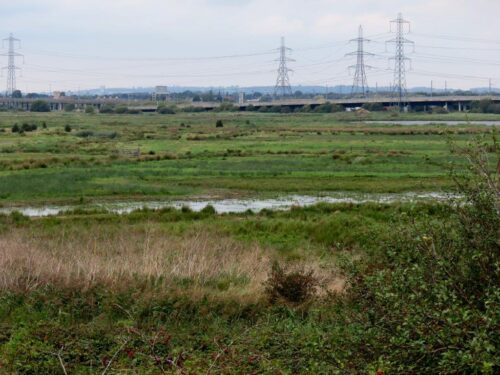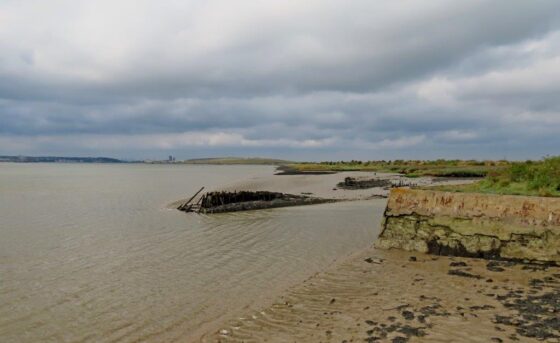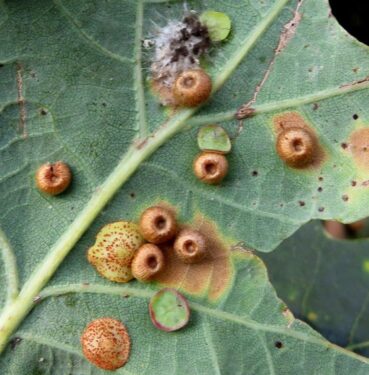South Essex is a fascinating region, especially close to the tide: the innate wildness of the estuaries is never wholly tamed by their juxtaposition with development and human beings. As part of our mission to complete exploration of the Essex coast in its widest sense for our book project, we have this summer been looking southwards in more detail, and indeed already produced several blogs, from the Crouch Estuary and the Roach Estuary to the chalklands and refuse tips of Thurrock, and the Three Mills area of the River Lee at Stratford.
All those left just one big gap in our experience, from Purfleet to the mouth of the Lee, that bit which is now Greater London but was once firmly part of the kingdom of the East Saxons. So in midsummer we made our first foray to Barking, with abbey, mill and port at the point the River Roding grades into the tidal Barking Creek, once the haven for one of England’s largest fishing fleets.
And it proved both interesting and instructive, with wrecks in the semi-tidal waters covered in Hemlock Water-dropwort, overlooked by the delightful (and welcome!) Boathouse Bar, to Cuckold’s Haven with a chalk flora including Wild Basil and Greater Knapweed (maybe sown, or perhaps naturally generated on calcareous spoil from a chemical works).
Add into the floral mix the non-natives like Greek Dock and Bladder Senna – it just beckoned us back for an overnight stay.
And so at the end of September it was back to to the delights of Beckton, in the crook of the North Circular and A13, nestled next to the largest sewage treatment plant in Europe. Yes, the air was full of the scent of the effluent and hydrocarbons, but also the sound of a myriad of Cetti’s Warblers. At least ten singing birds from Barking to Creekmouth, in reedbeds and scrubland, plus several others in ornamental plantings around the Gallions Reach and other retail parks.
Barking Creek and Creekmouth may not be classically beautiful, nor sweetly fragrant, but they are certainly dramatic, with giant pylons and the drop-down flood barrage, a familiar site from both sides of the river, a vast array of sewage tanks and treated water gushing out to the Thames.
Dramatic and, so it proved, fascinating entomologically, with several bugs which are new colonists of the UK from the south taking advantage of the heat island of the capital (and the sewage farm). The most widespread nowadays is Southern Green Shield-bug, rather similar to the widespread Common Green Shield-bug as an adult, but with very different multicoloured nymphs, as below:
Next new bug was the Mottled Shield-bug, one we had seen first a few weeks previously in remarkable abundance on Wild Clematis on the edge of the Olympic Park, one river valley to the west of Beckton. Here there were fewer, but they were scattered on much more common shrubs such as Bramble.
And third, what seemed to be the Privet Leafhopper, a very recent arrival in these parts. However, while we remain convinced of its identity looking at images online, it has been pointed out there is another, similar, equally new relative with us now, and the two can only be separated by destructive microscope work. So for us, as ethical entomologists not wishing to kill in the pursuit of our passion, this has to remain Fieberiella sp.
In addition to the specials, there were plenty of other more common bits and pieces too…
Finally while in the area, we took the opportunity to visit some of the other, really quite extensive, green corridors based on the Thames tributaries, albeit now sluiced and so no longer tidal, including the Mardyke, Rom, Beam and Ingrebourne. Green areas are good for wildlife, good for people and help give a separation between places such as Romford, Dagenham and Rainham.
One feature at this time of year was of course flowering Ivy. Everywhere it was blooming, everywhere it was buzzing, with Red Admirals, Ivy Bees, Hornet Hoverflies, and many more.
Especially around Purfleet, where the once famous low chalk cliffs have now been erased by the march of progress, the influence of our Essex outlier of the North Downs is still all around with Wild Clematis scrambling through the hedges, now in full Old Man’s Beard mode…
Purfleet itself is full of military history, although now perhaps more renowned for the Rainham Marshes RSPB reserve. The two are intertwined, the marshes once a firing range which saved them from destruction under mountains of refuse like the area to the west. My own involvement spans the eras – my last visit to Rainham Marshes was when the RSPB reserve opened nearly twenty years ago; prior to that my visits were all associated with building the case for the protection of the Inner Thames Marshes as we tried (successfully) to prevent the marshes’ transition to a film studios once it became surplus to military requirements. Shades of Swanscombe, across the river – and let’s hope the outcome there is as positive!
And Ingrebourne Marshes provided me with something I have never seen before, despite years of searching: three species of Neuroterus wasp galls under one oak leaf. Two of the three commonest spangle galls – Spangle, Smooth Spangle and Silk Button – I have often found together, but never before all three.
